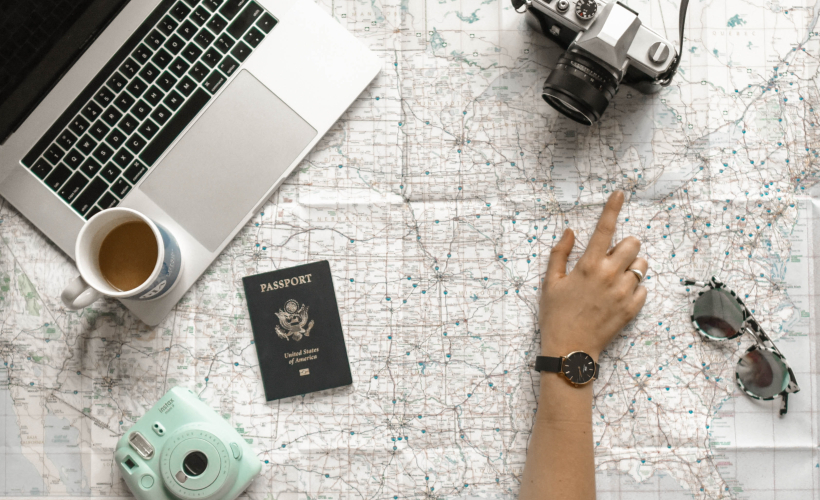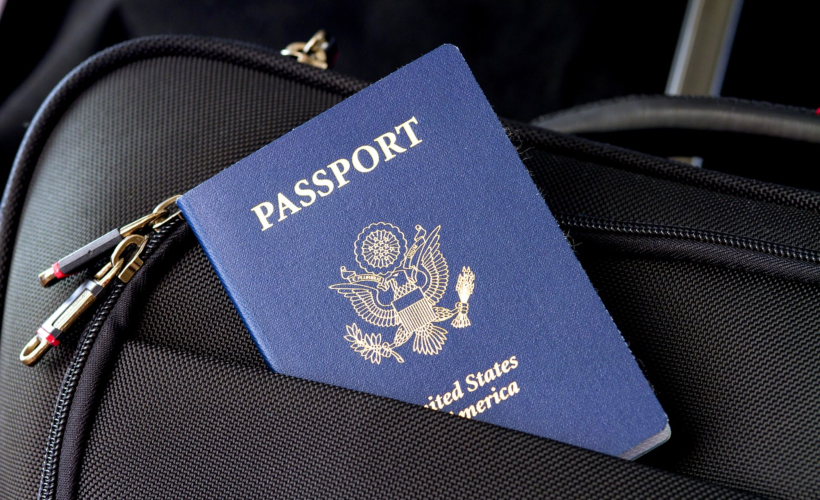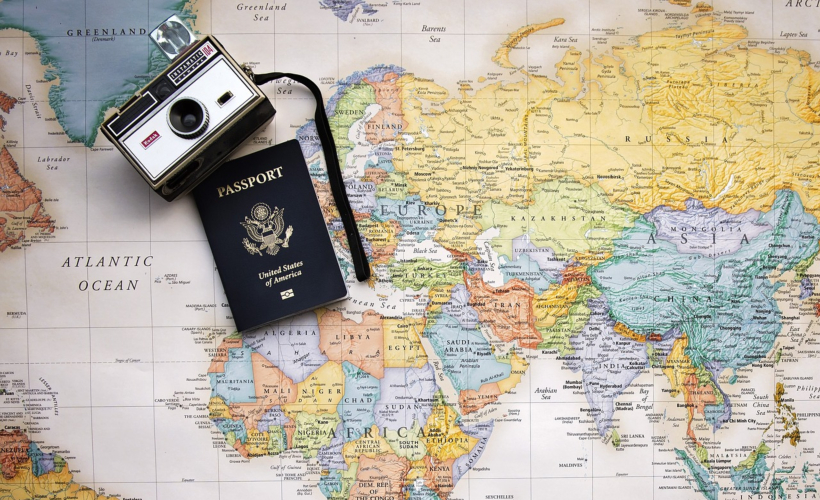If you’re a citizen of more than one country, chances are that you can obtain a passport from each of these countries. This literally opens up a world of possibilities. Especially if you love to travel.
Why use two passports?
It all has to do with international relations and politics. While some passports make it easy to travel to a majority of countries, they might also make it more difficult to enter others.
For example, on the Henley Index, Japan tops the list with 189 countries that are either visa-free or have visa-on-arrival when entering with a Japanese passport. Lower on the list, at number 50, is South Africa with 102 countries that can be visited visa-free or by obtaining a visa-on-arrival. However, while Japanese passport holders can only visit certain regions of Russia, enter only through certain borders, and then only stay for a total of eight days (granted through an eVisa), South Africans can enter Russia visa-free for up to 90 days in a 108-day period.
This means that while a Japanese passport will provide you access to more countries, having dual citizenship with another country (like South Africa, for example) can make travelling to certain countries easier.
Some countries charge reciprocity fees. Although visas aren’t required for these countries, reciprocity fees are charged to make up for what your country charges their citizens when entering your country. Having a second passport might assist in avoiding these fees based on the agreement between your destination country and the countries for which you hold passports.
Holding a passport for the country to which you are travelling holds the obvious advantages of being able to stay longer, work, and open bank accounts among other things. In addition, holding a passport to your destination country can also help you save time as you can use the citizen lane when passing through immigration and customs.
How do you get two passports?
Sounds good and ready to sign up? Well, here’s the catch: you have to be a citizen of two (or more) countries. This means that you need to meet the legal requirement for citizenship in these countries. While dual citizenship is possible, it’s often difficult and time consuming to obtain. Some countries don’t allow for dual citizenships, meaning that you might lose citizenship in your country of origin when you take on citizenship in your new home country.
You can get a dual citizenship by acquisition. When you’re born in a country, you become a citizen. If you move to a different country and meet their requirements, you may be presented the option to become a citizen of this second country. However, it’s only when both countries allow for a dual citizenship that you’ll then be able to obtain legal passports in both countries.
Another way of obtaining dual citizenship is by birth right. If your ancestors come from a different country, that country’s laws may grant you citizenship, even if you weren’t born there. Often, this only extends to one or two generations. You might also attain dual nationality by marrying someone from another country.
How do you travel with two passports?
Remember that, at any moment, you may be required to prove to an official that you can legally be where you are while travelling. At some point, you’ll also need to show that you’re legally allowed to enter the country you’re headed to.
When booking a ticket to a different country you’ll need to provide your passport details. If you have two different passports, provide the details of the passport that you’ll be using to enter the destination country.
Come travel time, when checking in for your flight, use the passport that you’ll be using to enter your destination country. Have the passport for your departing country ready to answer any questions on how you’re able to stay in that country for an extended period of time.
When departing immigration, present the passport that allows you to legally be in the current country. If you’re departing from a country where you’re not a citizen, they will look for an entry stamp or visa that allows you to be in that country.
Upon arriving at your destination, present the passport that allows you to enter that country to your immigration officer. Airlines often send their passenger manifest to the immigration authority of the destination country. You’ll need to present the immigration the same passport you used to check in for your flight in the departing country. These immigration officers are concerned with whether you’re allowed to be in the arrival country, not whether you were legal in the country you came from.
At the end of your trip, when checking in with your airline, use the passport that allows you to be in the country where you are going (even if it’s different from the passport you used to enter the country you’re flying from). The same applies as above; the airline needs to know you’re allowed into your destination country.
For the departing immigration, you’ll again present the passport you used when entering and while visiting the country that you’re now leaving – showing that your visit was legal, and no visa requirements were broken. The officers will look for the entry stamp in this passport and provide you with your exit stamp.
When you arrive at your new destination (or home country), present the arriving immigration officers the passport you used to check into your flight. This passport is the one that allows you into your destination country.
Important things to remember
- Dual citizenship is absolute. You don’t have to state that you have dual citizenship, but you do have all the rights linked to each citizenship that you hold. You can choose to be a citizen of each country for which you hold a legal passport and can use the passport that suits your circumstances better. However, when entering your home country (or any country in which you hold citizenship) you need to present the passport for that country, otherwise you’ll be entering the country as a visitor with restrictions on activities that you can conduct (like not being allowed to work) and how long you can stay.
- You cannot ask for assistance from the embassy of a second country where you have citizenship if you have committed a crime in the first country. Having two passports doesn’t mean you’re seen as two different people. Your actions in each country should still align and fall within the laws of that country.
- You have to use the same passport for each leg of an international trip. As mentioned before, airlines send a passenger list to the arrival country’s immigration. If you use an American passport to check-in and board a flight, you need to use that same passport when going through immigration at your destination.
- Always travel with both your passports. If you leave your home country using your second passport, you’ll need your home country’s passport to re-enter the country as a citizen (and not a tourist with limitations) upon your return.
- You can use sites like the Henley Index or Passport Index to compare which visas you require for each country. This helps you to avoid any unnecessary visa fees.
- There could be some pitfalls to using a dual passport. For example, when entering Turkey with a Turkish passport and you are of drafting age, this could become a reality. Check with the Department of State and your destination country’s consulate for the fine print before your trip.
There you go, all you need to know to go take the world by storm, you lucky dual-passport holder, you!
Disclaimer: The author is not an immigration lawyer and this article is meant as a guide only. Please speak to the relevant embassy for more information on travelling with more than one passport.







